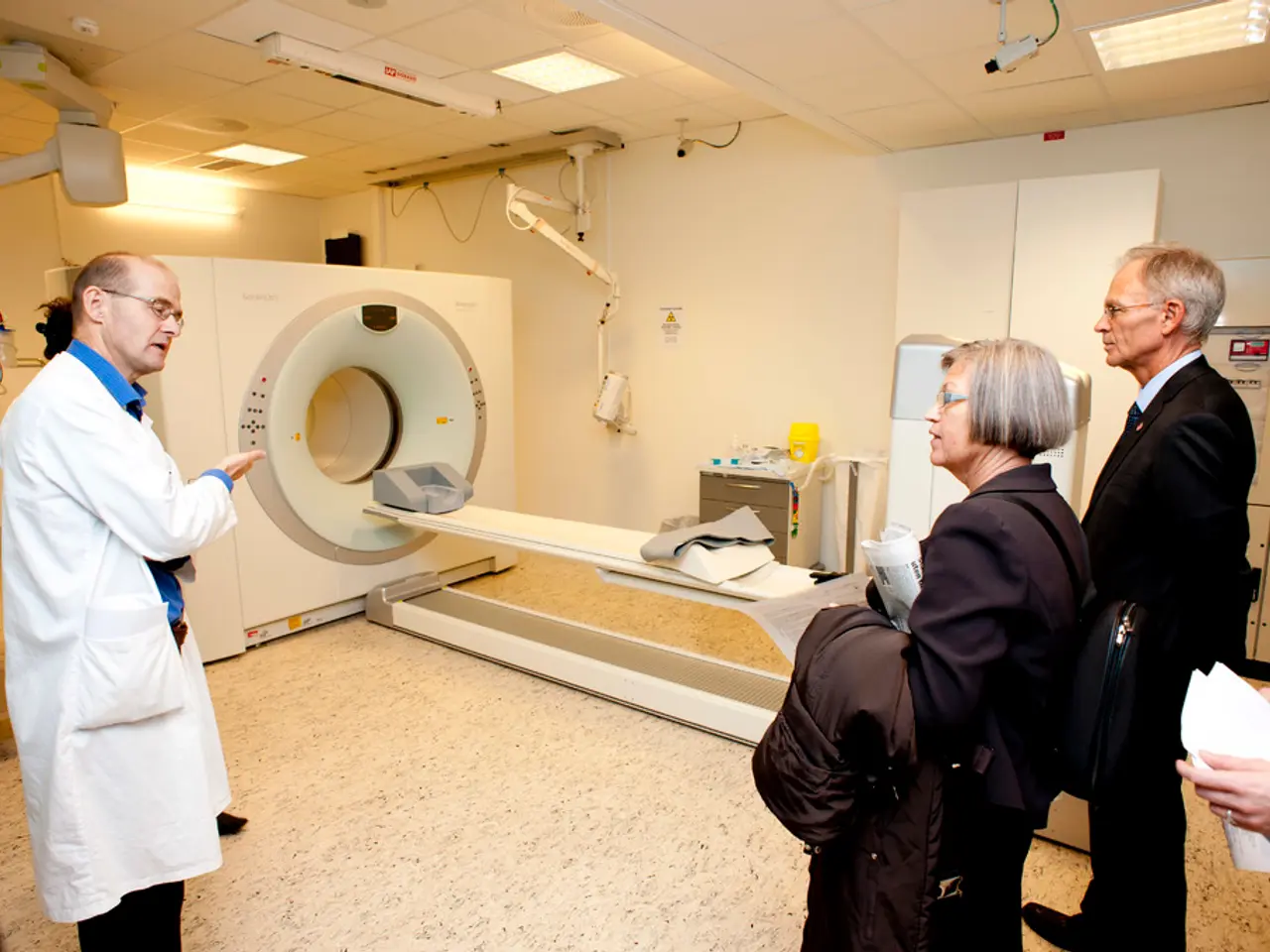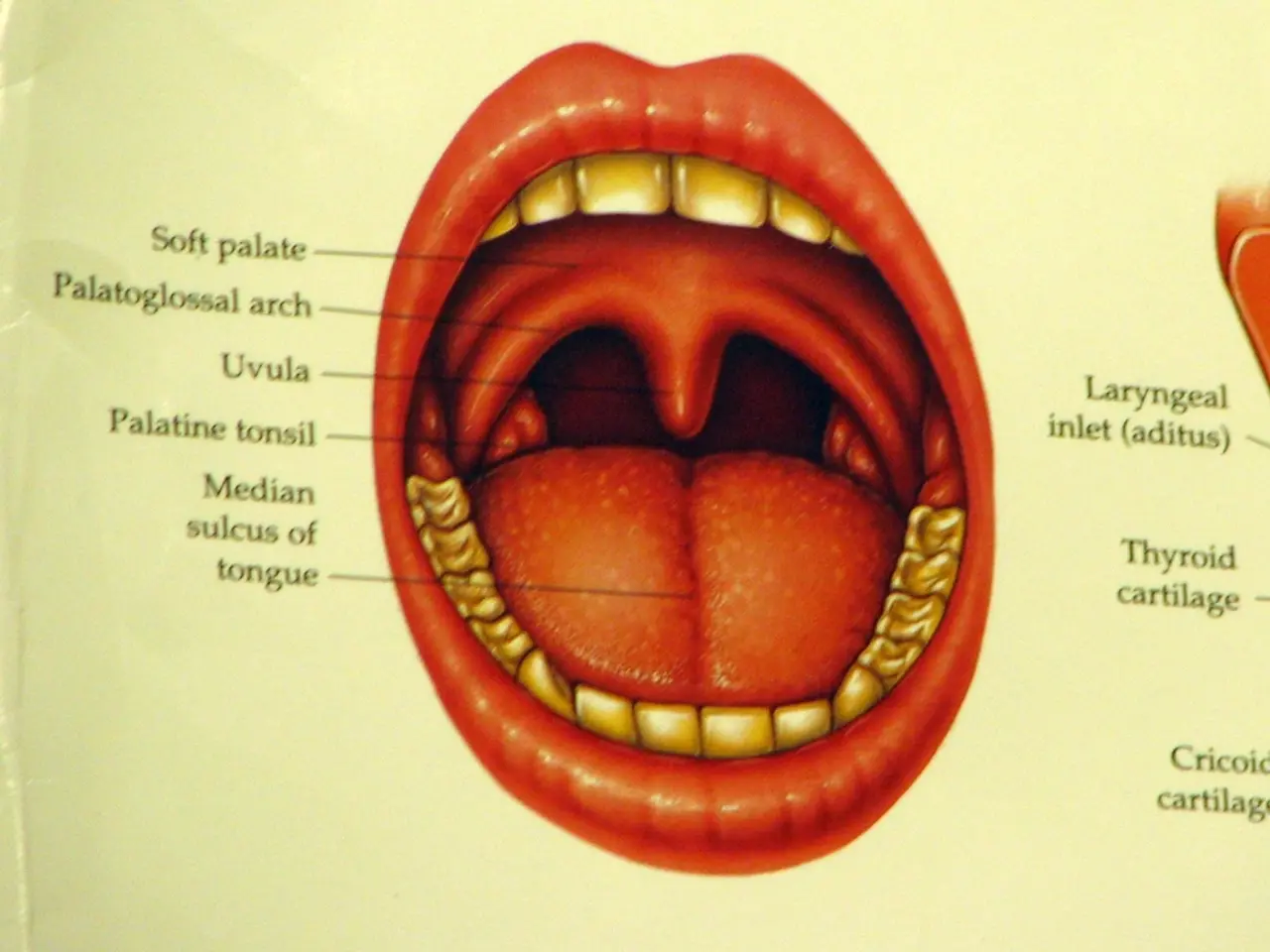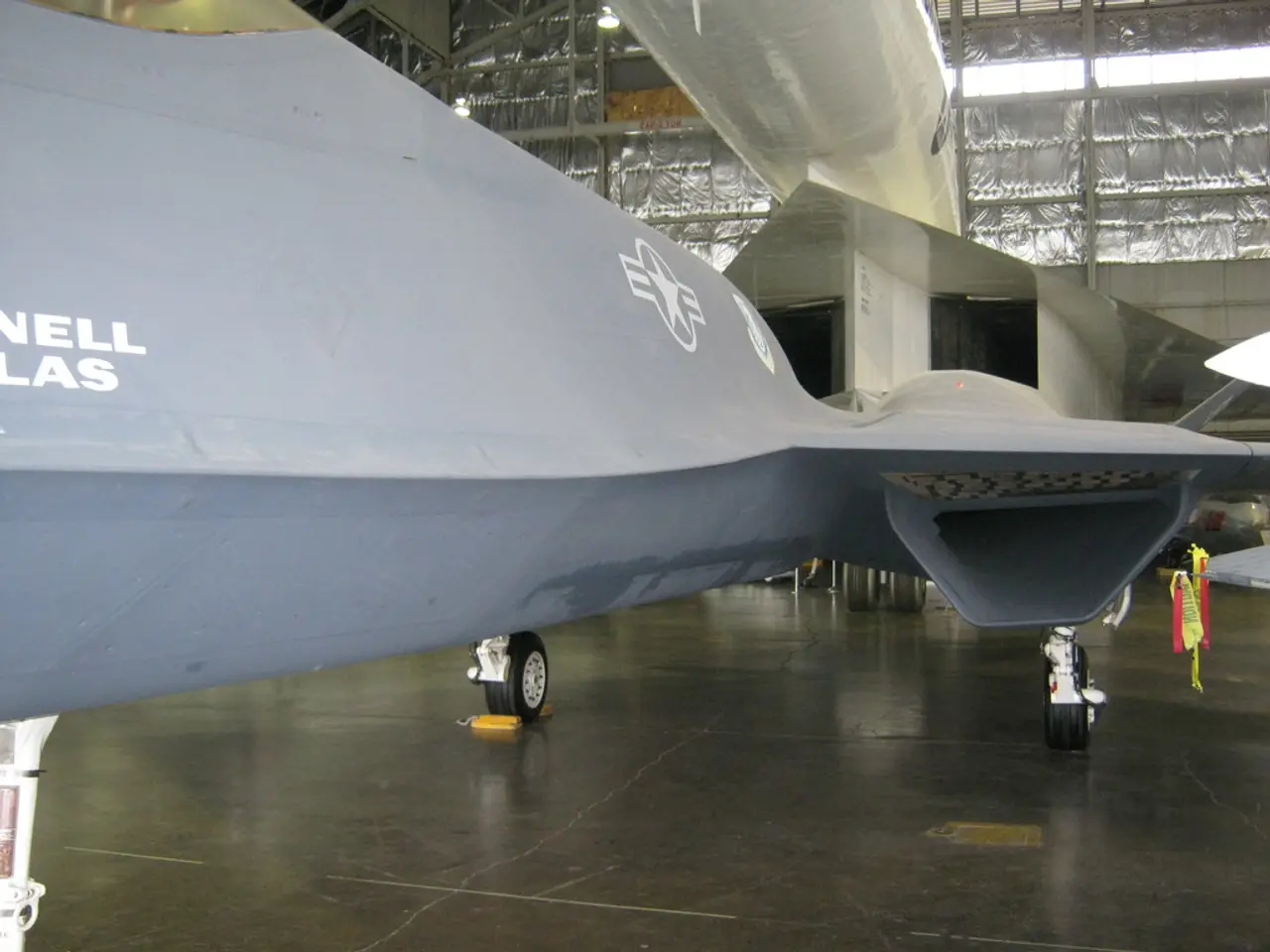Neurosurgery with Minimal Impact: Understanding the Significance of Guidance Technology
In the realm of neurosurgery, the use of navigation systems has transformed the field, particularly in minimally invasive procedures. Dr. Rao, India's leading neurosurgeon, has embraced this technology wholeheartedly, making his hospital a center of excellence for minimally invasive neurosurgery in the country.
Navigation systems integrate preoperative imaging data with intraoperative information, providing real-time, three-dimensional visualization of the surgical field. This aids in accurate targeting and helps surgeons to pinpoint target areas while avoiding critical structures.
One of the key advantages of using navigation systems in minimally invasive neurosurgery (MIS) is improved accuracy in instrument placement. In complex areas like the craniovertebral junction, where anatomy is irregular and surgical corridors are narrow, navigation-assisted fixation has demonstrated high accuracy. This precision lowers the risk of misplacement and injury to critical structures such as vertebral arteries.
Another benefit is reduced radiation exposure and blood loss. Compared to traditional fluoroscopy-guided techniques, navigation systems reduce intraoperative radiation dose to both patients and staff and are associated with less bleeding due to minimized tissue disruption.
Advanced navigation approaches, including augmented reality and robot-assisted systems, allow surgeons to visually verify instrument trajectory and positioning in real-time without large exposures, increasing confidence and precision during surgery.
Navigation systems also facilitate percutaneous and MIS approaches, placing pedicle screws and interbody devices percutaneously or through small incisions by relying on imaging landmarks rather than large exposures. This supports the minimally invasive philosophy and potentially decreases operative time and costs.
In MIS posterior C1–C2 fixation, navigation systems can be used even in minimally invasive settings by attaching the navigation reference marker to stable external structures. This overcomes issues related to limited exposure of anatomical landmarks.
The utilization of navigation systems in MIS leads to improved patient outcomes, shorter hospital stays, and faster recoveries. Dr. Rao's hospital is equipped with cutting-edge navigation systems, contributing significantly to medical innovation in the field of MIS.
Through their expertise and state-of-the-art technology, Dr. Rao and his hospital continue to set new benchmarks in the field of MIS, improving the lives of patients and shaping the future of neurosurgical care in India. The use of navigation systems in neurosurgery is a key factor in achieving optimal surgical outcomes.
- Dr. Rao's hospital, a center of excellence for minimally invasive neurosurgery in India, uses navigation systems that integrate preoperative imaging data with real-time, three-dimensional visualization of surgical fields.
- In complex neurological disorders like the craniovertebral junction, navigation-assisted fixation in minimally invasive surgery (MIS) has demonstrated high accuracy, lowering the risk of misplacement and injury to critical structures like vertebral arteries.
- Advanced navigation approaches, such as augmented reality and robot-assisted systems, allow surgeons to visualize instrument trajectory and positioning in real-time, increasing confidence, precision, and potentially decreasing operative time and costs.
- The use of navigation systems in minimally invasive neurosurgery (MIS) leads to positive health-and-wellness outcomes for patients, including shorter hospital stays, faster recoveries, and improved treatment of various medical-conditions associated with neurological disorders.




